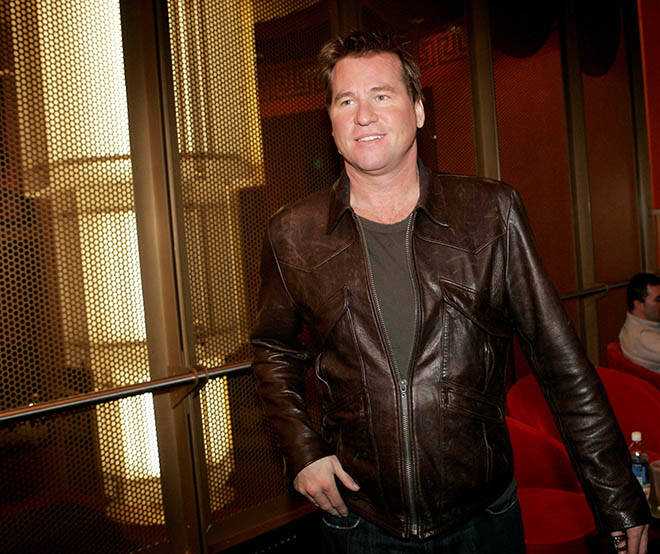Incentives for advanced work let pupils and teachers cash in
WORCESTER, Mass. » Joe Nystrom, who teaches math at a low-income high school here, used to think that only a tiny group of students — the "smart kids" — were capable of advanced coursework.
But two years ago, spurred by a national program that offered cash incentives and other support for students and teachers, Nystrom’s school, South High Community School, adopted a come one, come all policy for Advanced Placement courses. Today Nystrom teaches AP statistics to eight times as many students as he used to, and this year 70 percent of them scored high enough to qualify for college credit, compared with 50 percent before. One in four earned the top score possible, far outpacing their counterparts worldwide.
South High students said Nystrom and his colleagues had transformed the culture of a tough urban school, making it cool for boys with low-slung jeans who idolize rappers like Lil Wayne to take the hardest classes.
They were helped by the National Math and Science Initiative, a nonprofit network that provided laboratory equipment and special training for teachers and organized afternoon tutoring and Saturday sessions. It also paid $100 to each student who scored a 3 or above on the AP exam — and to their teachers,who can also earn additional rewards. Because 43 of his students passed the exam this year, far above his target, Nystrom will add a $7,300 check to his $72,000 salary.
Organizers of the initiative, who met with lawmakers and staff members at a congressional briefing last month,said that over three years, the program led to nearly 38,000 AP exams being taken in math, science and English, many of them by black and Hispanic students. This year, 308 schools in six states are participating.
Don't miss out on what's happening!
Stay in touch with breaking news, as it happens, conveniently in your email inbox. It's FREE!
The initiative’s success is refueling a debate over whether cash bonuses can coax improved performance from teachers and students — a New York City incentive program was disbanded — and whether paying students for schoolwork diminishes their ability to feel intrinsic pleasure in achievement for its own sake.
Roland G. Fryer, a Harvard economist who won a MacArthur Foundation award last month for his research on educational incentives, said that cash alone did not consistently raise achievement, but that combining payments with tutoring, teacher training and other tactics could be promising.
Of the 1,853 teachers participating in the initiative last year, more than half earned bonuses of at least $2,000, said Gregg Fleisher, a director of the initiative. Brian Leonard, who teaches AP calculus and statistics at Lake Hamilton High School in Arkansas, earned the largest award, $12,500, because 65 of his students passed the exams.
Three years ago, Lake Hamilton High had nine AP math students, and their parents were all doctors, lawyers or other professionals, Leonard said.
"I had a boy last year who was your quintessential average rural student: always dressed in camo, his dad was a mechanic," he said. "He signed up for AP statistics, I worked with him, and he came out passing the exam."
The College Board, which administers the AP program, has endorsed the math and science initiative, which is based in Dallas and is financed largely by Exxon.
In a book published last year, "AP: A Critical Examination of the Advanced Placement Program," some academics expressed concern that under a push by the College Board to broaden its reach, too many unprepared students were taking — and failing — AP classes.
But Philip Sadler, a Harvard lecturer who edited the book, said of the effort: "They’re doing the right things and have had substantial increases in the number of kids who pass some AP exam. So that’s all good news."
South High Community, which sits on a hilltop in this gritty town west of Boston, acquired a violent reputation after a Hispanic student stabbed a black classmate to death in 1989. Eighty-five percent of its 1,220 students this year were poor enough to qualify for the federal lunch program. Like many schools, South had previously let students take AP classes only they if had passed certain prerequisite courses with high grades and obtained a teacher’s recommendation.
In 2009, the school began working with the math and science initiative, which requires that all barriers to AP enrollment be removed. "My initial instinct was that if we let everybody in, it was just going to dumb down the classes," Nystrom recalled.
But the school began urging students during announcements to sign up for AP classes, making it clear in guidance sessions and in meetings with parents that they were not just for white or middle-class students.
Nystrom had his own recruitment program. He made tongue-in-cheek posters portraying the rap stars Lil Wayne and Flavor Flav,as well as the male heartthrobs in "Twilight," endorsing AP statistics as the supposed keys to success in life.
Forty-six students enrolled in Nystrom’s class in 2009, up from 12 the year before, of whom six had earned qualifying scores of at least 3 out of 5. Of the 46 students, 22 earned qualifying scores on exams in May 2010.
Last fall, enrollment surged to 61 students. Forty-three of those passed the exam, and 15, or 25 percent, got the top score. Worldwide, 15 percent of the 18,000 people who took the statistics exam got 5’s this year.
Thirty-one low-income students from Nystrom’s class passed the exam, more than at any other high school in Massachusetts.
Kristopher Santana, 17, a senior whose mother is a customer service representative at a tool company, was among those who scored a 5 in May. He said the 18 hours of Saturday classes organized by the initiative, and Nystrom’s twice-weekly, after-school tutoring sessions, had been helpful.
And the $100 incentive?
"There’s something cool about the money," Kristopher said. "It’s a great extra."
© 2011 The New York Times Company




